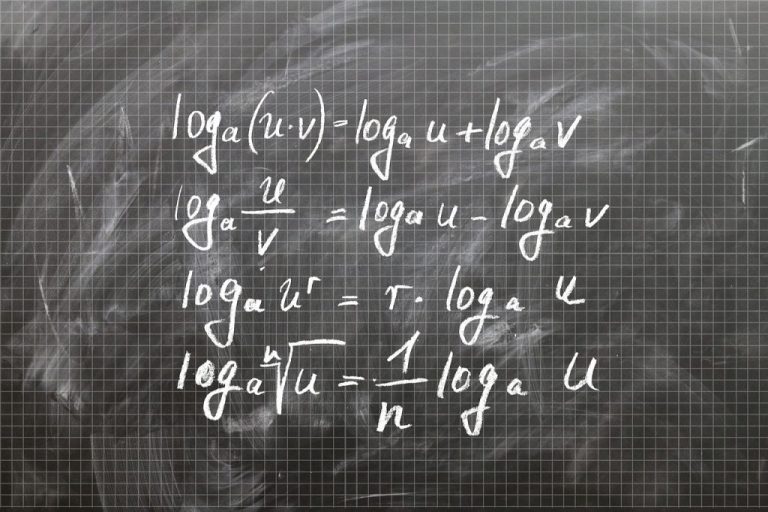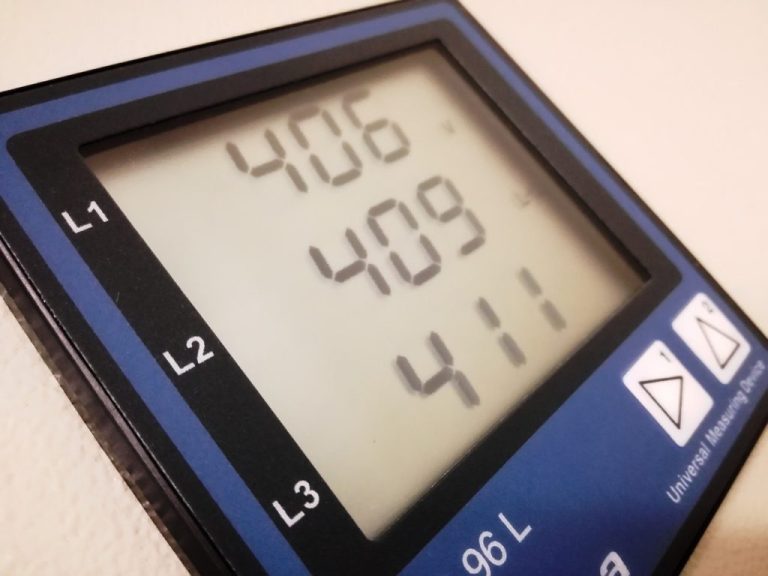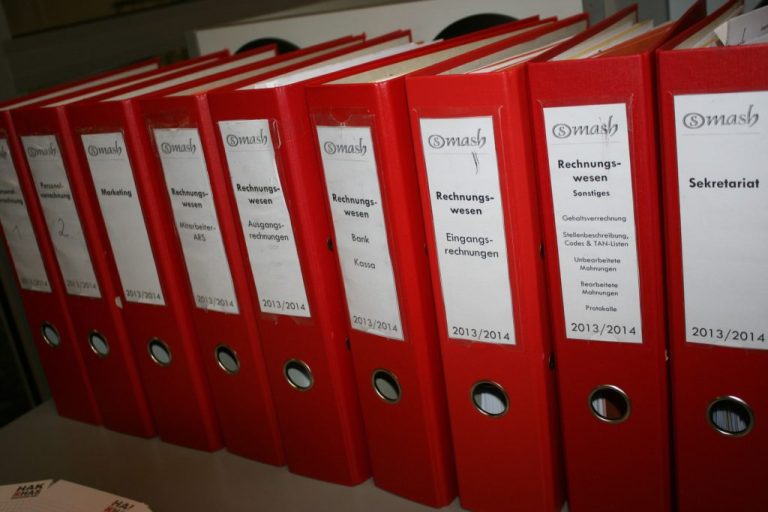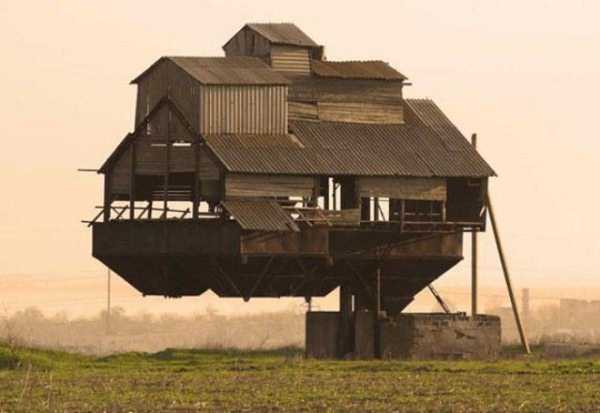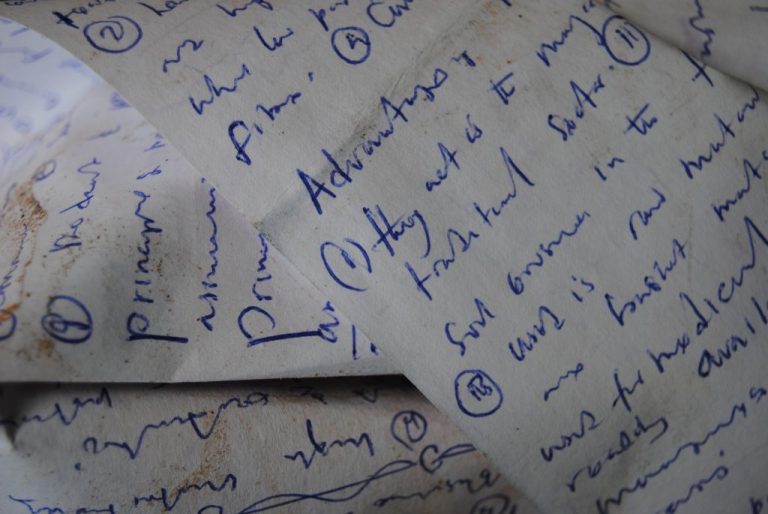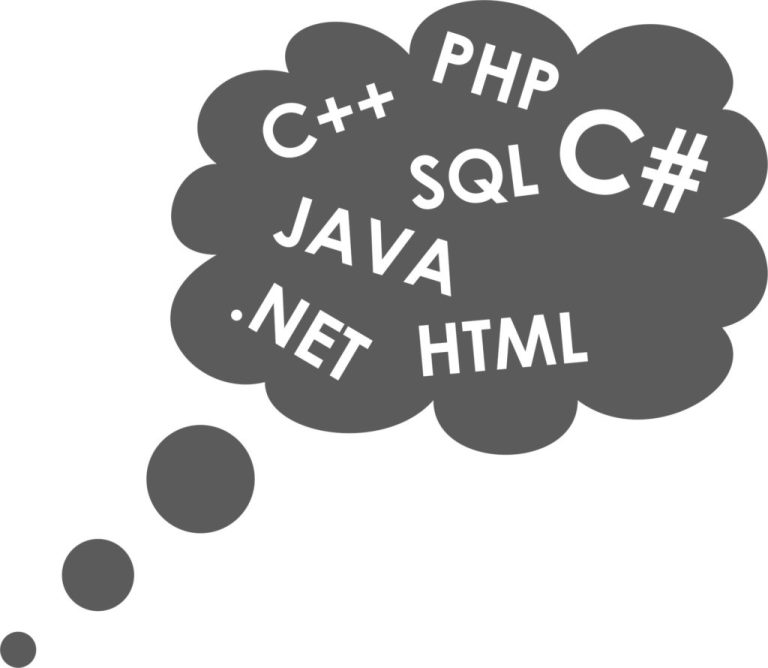Documentation
The CRA now requires you to document your SR&ED contemporaneously. You must now document your processes, your issues and your evolution.
The SR&ED techical doc. is a mix of project management records and a record of the hypotheses. It is the only time the acquisition of knowledge is defined.
It is therefore necessary for you to organize to produce your R&D evidences to enrich them and to preserve these traces of your projects during the year
We are now required to proove our R&D experiments. Here we show such examples grouped by the 5 questions to determine if there is SR&ED
There is not always a mesuring stick. You must be crearive to create your own tools and to measure the gap in technology.
Let us see how to organize your SR&ED documentation. Do not wait until you have to defend this project in front of the CRA. It will then be too late.
It is difficult to document the technological uncertainty. How do we document standard practice and "the gap in technology" ?
How to document SR & ED ? Meet the intensified SR&ED documentation requirements of the CRA - A practical and simple guide


